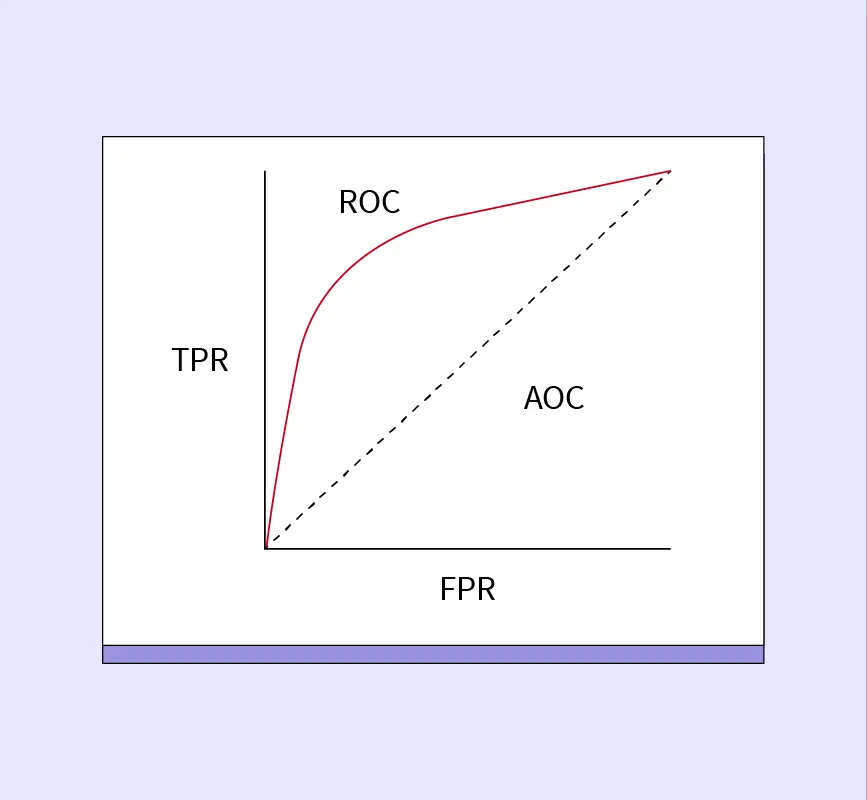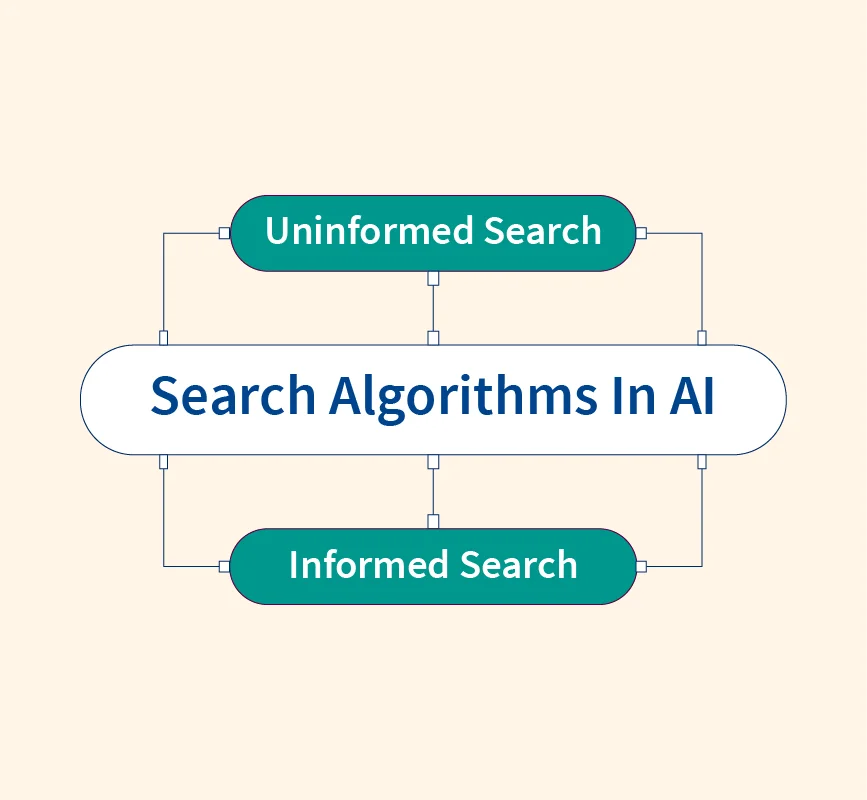In today’s digital world, data processing is the essential practice of turning raw data into valuable insights. Companies generate massive amounts of raw data—like customer transactions, sensor data, or website logs—that need to be processed to reveal useful information.
Data processing organizes, cleans, and converts this raw data into a structured format, making it ready for analysis and decision-making.
An e-commerce website collects data on customer purchases, including product names, prices, and customer locations. Through data processing, this raw data can be analyzed to show trends like which products sell best in specific regions or which customers make frequent purchases.
By processing data, businesses can transform information into actionable insights that drive smarter decisions and better outcomes.
What is Data Processing?
Data processing is the method of collecting, transforming, and organizing raw data into a usable format that can be analyzed for insights. The process involves several steps that convert unstructured or semi-structured data into a structured form, making it easier to extract meaningful information.
Data processing plays a crucial role in managing large datasets, allowing businesses and organizations to make informed decisions based on accurate and well-organized data. It handles various types of data, including:
- Structured data: Organized and easily searchable data like databases and spreadsheets.
- Unstructured data: Raw data like emails, images, or social media posts that require more complex processing.
- Semi-structured data: A mix of both, such as JSON or XML files.
Data processing ensures that data, regardless of its format, becomes valuable and actionable.
The 6 Steps of Data Processing
Data processing is a systematic approach that involves several key stages to transform raw data into meaningful insights. Here are the six essential steps:
1. Data Collection
The first step is data collection, where raw data is gathered from various sources such as databases, sensors, websites, or manual inputs. This step ensures that all relevant data is available for processing.
2. Data Preparation
During data preparation, the collected data is cleaned, organized, and formatted. This involves handling missing values, removing duplicates, and correcting errors to ensure the dataset is accurate and consistent for the next steps.
3. Data Transformation
In data transformation, the raw data is converted into a suitable format for analysis. This may involve normalizing data, aggregating values, or converting data types to make the data more structured and ready for processing.
4. Data Processing
The data processing step involves performing operations on the transformed data to extract useful information. This could include calculations, applying algorithms, or generating insights that align with business objectives.
5. Data Output and Interpretation
After processing, the results are presented as outputs in a usable format, such as charts, reports, or dashboards. Data output helps users interpret the results and make informed decisions based on the processed information.
6. Data Storage
Finally, the processed data is stored securely for future use and analysis. Data storage ensures that insights are preserved and can be accessed or reused as needed for continuous improvements or new analyses.
Types of Data Processing
Data processing can be categorized into various types based on how data is handled and processed. These types ensure that different use cases and environments can be catered to effectively.
1: Batch vs. Real-time Processing
- Batch Processing: Data is collected over time and processed in large groups or batches. This method is efficient for handling large volumes of data at scheduled intervals, such as payroll systems or financial reports.
- Real-time Processing: Data is processed instantly as it is collected, providing immediate insights and responses. It is commonly used in applications like stock trading systems, fraud detection, or IoT devices where instant feedback is crucial.
2: Manual vs. Automatic Processing
- Manual Processing: Involves human intervention to manage and analyze data. This method is often slower and prone to errors but may be useful for small-scale or complex datasets that require human judgment.
- Automatic Processing: Data is processed through automated systems and algorithms with minimal human involvement, improving speed and accuracy. This is widely used in large-scale data systems like databases and e-commerce websites.
3: Online vs. Offline Processing
- Online Processing: Data is processed in real-time with continuous input from live systems, such as customer transactions on a website.
- Offline Processing: Data is processed in batches after being collected, often without requiring an active connection to the source, making it suitable for scenarios where real-time access isn’t required.
4: Distributed Processing & Cloud Computing
Distributed processing involves dividing tasks across multiple computers or servers to handle large datasets more efficiently. Cloud computing takes this further by leveraging cloud platforms to scale data processing with flexibility and high performance.
5: Multiprocessing (Parallel Processing)
Multiprocessing or parallel processing involves using multiple processors simultaneously to speed up data processing tasks, particularly for high-performance computing and complex data analytics.
Data Processing Technologies and Tools
Data processing relies on various technologies and tools to handle, analyze, and transform data efficiently. These tools ensure that data processing tasks are completed accurately and at scale, making them indispensable for businesses and organizations.
1: Databases and Data Warehouses
Databases and data warehouses are central to data processing. Databases, like MySQL, PostgreSQL, or MongoDB, handle transactional data, while data warehouses, such as Amazon Redshift and Google BigQuery, store large volumes of data for analytical purposes. These systems help organize, store, and retrieve data for processing and analysis.
2: Artificial Intelligence & Machine Learning
AI and machine learning algorithms are increasingly integrated into data processing. These technologies can automatically identify patterns, predict outcomes, and even process data without human intervention. Tools like TensorFlow, Keras, and Scikit-learn are widely used to handle advanced data processing in AI-powered applications like image recognition and natural language processing.
3: Data Processing Software and Programming Languages
Popular programming languages like Python and R offer powerful data processing capabilities with libraries such as Pandas, NumPy, and Dplyr. These tools help process, manipulate, and analyze large datasets efficiently. Additionally, software like Apache Hadoop and Spark support distributed data processing, enabling scalability for massive data tasks.
4: Cloud Technology & Data Analytics Platforms
Cloud-based platforms like AWS, Google Cloud, and Microsoft Azure provide scalable and flexible environments for data processing. They offer a range of services, from data storage to real-time analytics. These platforms enable businesses to process large datasets without needing on-premise infrastructure, making data processing faster and more cost-effective.
Applications of Data Processing
Data processing has a wide range of applications across various industries, helping organizations make better decisions, optimize operations, and deliver personalized experiences. Here are some key examples of how data processing is applied:
1: Business Intelligence & Strategic Decision Making
Data processing is central to business intelligence (BI), where processed data is used to generate reports, dashboards, and analytics. This helps organizations identify trends, assess performance, and make informed strategic decisions. Tools like Tableau and Power BI allow businesses to transform raw data into actionable insights that drive growth and competitiveness.
2: Healthcare Diagnostics, Research, and Treatment Personalization
In the healthcare sector, data processing is used to analyze patient records, diagnostic images, and genetic information. This helps doctors and researchers develop personalized treatment plans, identify health trends, and enhance diagnostic accuracy. For instance, data from wearables and medical devices can be processed in real-time to monitor patient health and alert doctors of abnormalities.
3: E-commerce Personalization and Fraud Detection
E-commerce platforms rely on data processing to create personalized customer experiences. By processing data on browsing behavior, purchase history, and preferences, companies can offer personalized recommendations and targeted promotions. Additionally, data processing is used in fraud detection, identifying suspicious patterns and preventing fraudulent activities in real-time.
4: Finance: Risk Management, Market Analysis, and Customer Segmentation
In the finance industry, data processing plays a critical role in risk management, where firms analyze market trends and customer data to assess risks and make investment decisions. Additionally, customer segmentation based on processed data helps financial institutions target specific customer groups with tailored services.
5: Social Media Sentiment Analysis and Customer Relationship Management (CRM)
Data processing allows companies to analyze social media data to understand public sentiment about their brands or products. By processing user-generated content such as tweets, reviews, or comments, organizations can gauge customer satisfaction and respond more effectively. In CRM, processed data helps companies manage relationships, predict customer needs, and optimize customer support.
Convert Raw Data into Action with Data Processing
Data processing transforms raw, unstructured data into actionable insights, empowering organizations to make data-driven decisions. By following the steps of data processing—from collection to transformation and analysis—businesses can uncover hidden patterns and trends that inform strategies and optimize operations.
Data processing doesn’t just organize information; it converts it into valuable insights that drive action. For instance, an e-commerce company can analyze raw transaction data to predict buying patterns, optimize stock levels, and improve customer recommendations. Similarly, healthcare providers can process patient data to personalize treatments and improve patient outcomes.
With the right data processing tools and techniques, raw data becomes a powerful asset, enabling organizations to act on insights, enhance efficiency, and gain a competitive edge in the market.
The Future of Data Processing
The future of data processing is being shaped by emerging technologies that aim to make data handling more efficient, real-time, and scalable. Trends such as automation, edge computing, and AI-powered data processing are rapidly evolving. These technologies will enhance the ability to process data instantly at the source, reducing latency and enabling real-time decision-making.
Moreover, automation in data processing will minimize human intervention by automating repetitive tasks like data cleaning and transformation. Edge computing will allow data to be processed closer to where it is generated, making it faster and more efficient. As organizations continue to embrace cloud-based solutions and artificial intelligence, the future of data processing will be characterized by speed, precision, and scalability, unlocking new opportunities for innovation.
Conclusion
Data processing is fundamental to transforming raw information into actionable insights that drive decision-making across industries. From healthcare to e-commerce, processed data plays a key role in optimizing operations, improving customer experiences, and enabling strategic decisions.
As data continues to grow in volume and complexity, mastering the tools and techniques of data processing will be critical for organizations to stay competitive in a data-driven world. With advancements in AI, automation, and cloud technologies, data processing will only become more efficient and powerful in the years to come.


